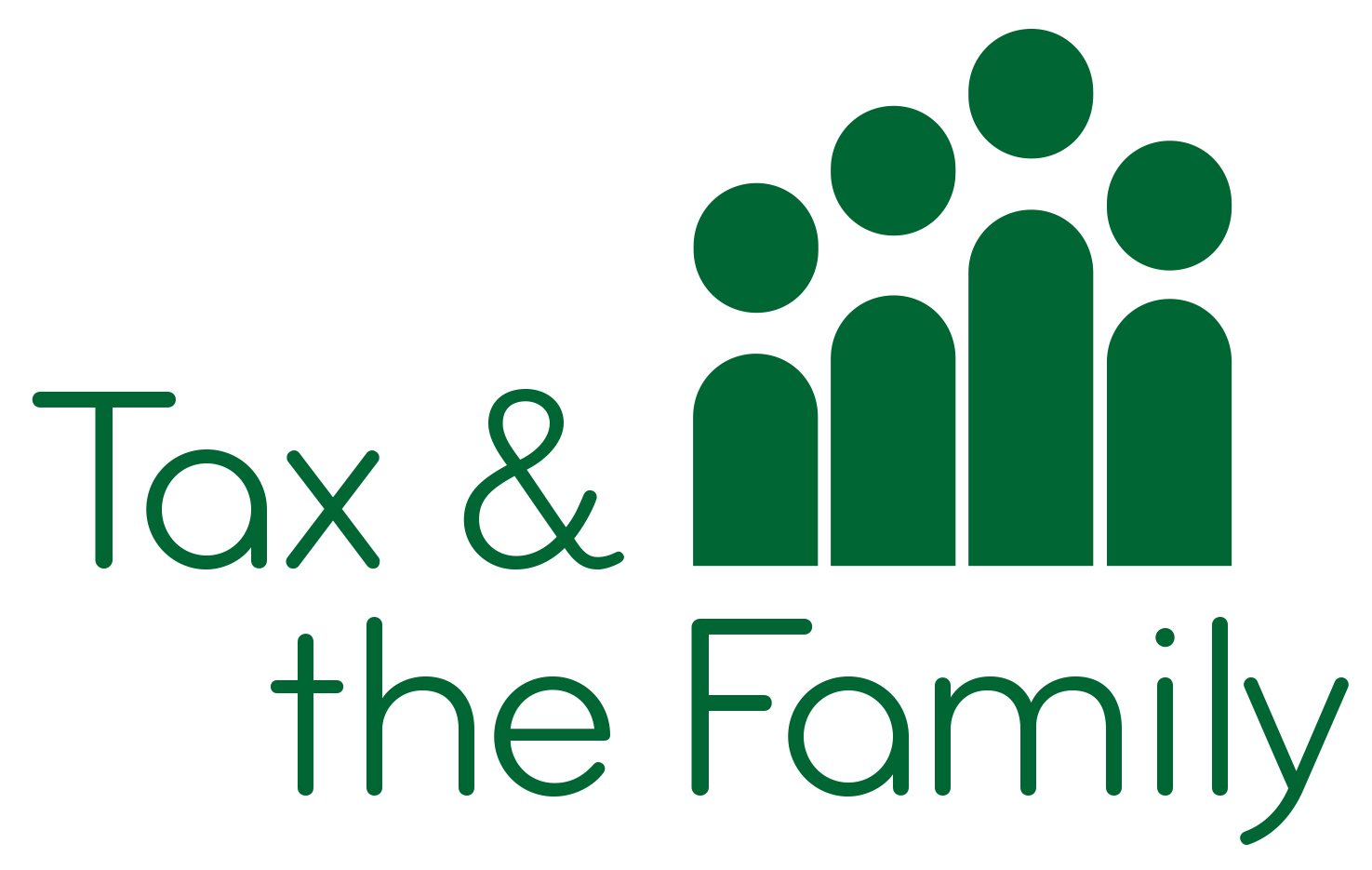Independent Taxation – 25 years
This is a review of independent taxation that was introduced in 1990. It looks at the background to and the objectives set for this reform, and considers its impact on families The report argues that the objectives have not been met and asks whether the time had come to change the way in which families are both taxed and supported. The intention had been to make the tax system better, not worse for families. The original plan, as Lord Lawson says in a Foreword, was that everyone, man or woman, married or single,, would have the same standard allowance. But if either a wife or husband was not able to make full full use of their allowance , the unused portion could retransferred if they so wished to their partner.
This as he explains would have produced
"a more logical and straightforward system. Far more people would have been taken out of the poverty and unemployment traps and indeed out of tax altogether for a given some of tax relief than is possible under the present (i.e. pre 1990) system. It would end the discrimination where the wife feels it right to stay at home, which in practice means discrimination against the family with young children."
In the event this is not what happened. Largely, Lord Lawson says, because of opposition from the then Prime Minister.
Under the system that was introduced in 1990, and which we still have, the amount of income tax people have to pay depends on the rate tax and the personal allowance. It was recognised at the time that many ordinary families stood to lose out. Instead of Lord Lawson's transferable allowance a Married Couples Allowance was introduced and the Additional Personal Allowance which single parents had been getting was retained. The allowances were of equal value. The result was that in the short term families did not lose out from the introduction of independent taxation. In longer term however families have been big losers. Families are bearing a bigger share of the income tax burden.
Aims in 1990
In 1990 there were three main aims:
to give married women the same opportunity for privacy and independence in tax matters as their husbands
to remove discrimination against marriage and the family
to be able raise the tax threshold in a cost effective way so as to reduce the burden on low income families.
What happened
Since 1990 income tax rates have come down. The tax threshold for single people has increased significantly with the result that the tax burden on single people with a modest wage (50% median) it fell form 12.9% to 5.9% in 2013/14. For those with an average wage it fell from 18.9% to 12.9%. By contrast the tax threshold for families was at the time of the report (2013) scarcely any higher in real terms than was it was in 1990. in 2013/1 the tax burden a single earner married couple was the same as in 1990. The higher rate income tax threshold was lower in real terms than it was in 1990 with the result that families who were basic rate taxpayers in 1990 were higher rate taxpayers in 2013.
Tax credits were introduced in part because the tax system no longer took account of family responsibilities. For families on and below the median wage tax credits compensated for this failure. However the 60% of families not entitled to tax credits were left bearing a heavier tax burden. The reduction in tax rates and increases in the threshold did not fully compensate for the withdrawal of the two allowances that were introduced in 1990 to protect families from loosing out on the switch to independent taxation. Moreover, families faced a much higher marginal rate in 2013 than they did in 1990.
Tax credits, which reduce as income increases, destroyed incentives for the 40% of working families entitled to tax credits . Even a doubling or trebling of income might not make much difference the amount of money a family had to live on. In 1990 a typical family based an Effective Marginal Tax Rate (EMTR) of 34%. In 2013 this had risen to 73%. Families facing a 73% EMTR couldn't easily break free from the welfare system.
Measured against the aims set in the 1980s for the 1990 reform of personal taxation independent taxation has been a failure, the report claimed;
Independent taxation had been introduced to give married women privacy over their tax affairs -for the 2 million couples claiming tax credits there is no privacy, nor was there for families affected by the High Income Child Benefit Charge.
One earner families faced more discrimination than they did in 1990
For most years after 1990 the tax threshold that has applied to families had been lower unreal terms than had been in 1990.
Is there a way forward?
The report said that a way had to be found for supporting in-work families other than through a means tested credit system. The introduction of a partially transferable allowance for married couples and civil partners would be a sensible first step. This limited proposal did not however come anywhere near dealing with the problems than had arisen from the way independent taxation had been introduced. A fully transferable allowance, as originally proposed, would have reduced discrimination against one-earner couples, increase the tax threshold for low and middle income families, and reduce the imbalance between one and two-income families.
A transferable allowance would not of course help single parents. The Additional Personal Allowance which had been repealed in 2000 along with the Married Couples Allowance could be reintroduced to help single parents .
The cost of introducing transferable allowances would be considerable but much less than the increase in the personal allowance that had occurred after the 2010 Election.
